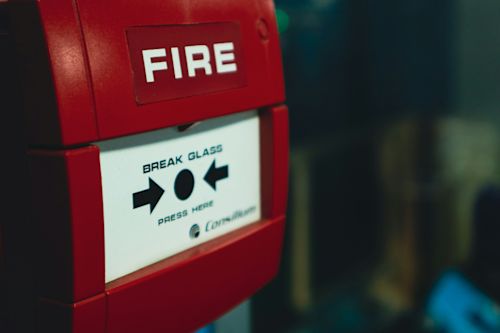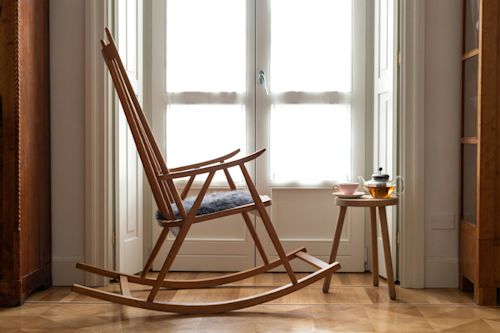Regulations and Safety Standards Related to the Maintenance of Automatic Doors

Automatic doors are part of our daily lives and equip many commercial buildings as well as commercial infrastructures. They facilitate access, but also allow it to be controlled. In order to guarantee user safety, various standards related to automation and French and European regulations require actions related to building maintenance.
Automatic doors: an efficient access solution
Automatic doors are doors that open and close automatically thanks to a mechanical or electronic system. They are commonly installed in public buildings such as shopping centers, hospitals, airports, and train stations, where they allow people to move easily and quickly from one area to another without having to use their hands to open and close the doors.
Automatic doors are activated in different ways, depending on the model: by a motion sensor, a push button, or a remote control system. They can be of different types:
Sliding doors
Swing doors
Revolving doors
The advantages of installing automatic doors
Automatic doors haveseveral undeniable advantagesover traditional doors. From an accessibility point of view, they offer easier access for people with reduced mobility as well as for the elderly and parents with strollers.
They are practical since they allow users to enter or exit buildings without needing to use their hands. It is also a very hygienic device since there is no contact between hands and surfaces.
Automatic doors prevent many accidents when accessing your site. They are equipped with sensors that detect the presence of obstacles. They therefore do not close on people. These sensors stop the closing, which helps prevent injuries.
The device offers the opportunity to remotely control access to the building. Automatic doors can be opened remotely, from a security PC or the reception desk, in order to verify the identity of people wishing to access the site. They are thus used in establishments such as banks or public services. They are commonly installed in commercial buildings.
Finally, these installations are an opportunity to achieve energy savings. Thanks to their sensors, they only open when people wish to enter the building. This prevents energy loss, both in summer and winter. There are many models that can be designed in different styles. Generally, automatic doors fit easily into the aesthetics of the place and can add a touch of elegance.
Current standards and regulations for automatic doors
Automatic doors are subject to standards and regulations in France, the purpose of which is to guarantee the safety of the device as well as its optimal operation. Here is a non-exhaustive list of these:
The NF P 93-281 standard is a French standard that specifies safety roles for automatic door devices.
The NF S 61-937 standard is another French standard related to the safety of people within buildings. It specifies safety requirements for automatic doors.
The EN 16005 standard is European and presents the safety requirements for these systems.
The Machinery Directive 2006/42/EC comes from a European directive that presents the requirements for the design and construction of automatic doors.
The ADA standard is an American standard that specifies accessibility requirements for people with disabilities and specifies standards for automatic doors. It does not necessarily apply in Europe.
Companies that manufacture and install these devices arerequired to comply with all French and European standards. They help guarantee the safety as well as the reliability of these automatic doors. Regarding the maintenance of the installation, it is the EN 13 241-1 standard that applies.
Maintenance of automatic doors
Both European and French legislation provide a framework for the maintenance of automatic doors and automatic gates for public use. These installations must be subject to apreventive maintenance contract. Two visits are scheduled annually. The history of maintenance operations must be recorded in a logbook provided for this purpose.It is the European standard EN 13 241-1 that applies to govern this maintenance plan. It is supplemented, upstream, by French roles. Consider the decree of November 12, 1990 for automatic doors. The building and housing code also provides information in article R125-5, concerning automatic garage doors:
The owners of a building or group of residential buildings equipped with automatic garage doors are required to have them maintained and checked periodically under written contracts. All interventions are recorded in a maintenance logbook.
All of these requirements are effective means to guarantee the safety of users as well as the durability of equipment and installations.
To ensure the proper functioning of your automatic doors, we advise you to subscribe to a preventive maintenance contract. Maintenance visits help prevent possible breakdowns. Our technicians also intervene for corrective maintenance. We provide a range of spare parts. We ensure quick troubleshooting via our toll-free number: 0800.59.77.01 or via our email, service.fr@dormakaba.com
Be sure to comply with all applicable standards according to your installation.



